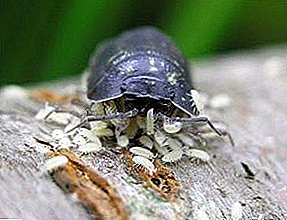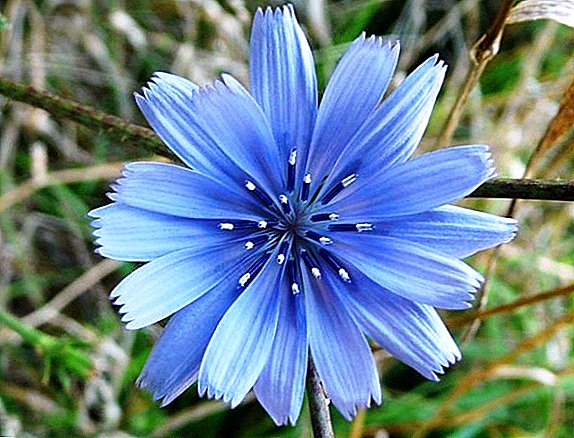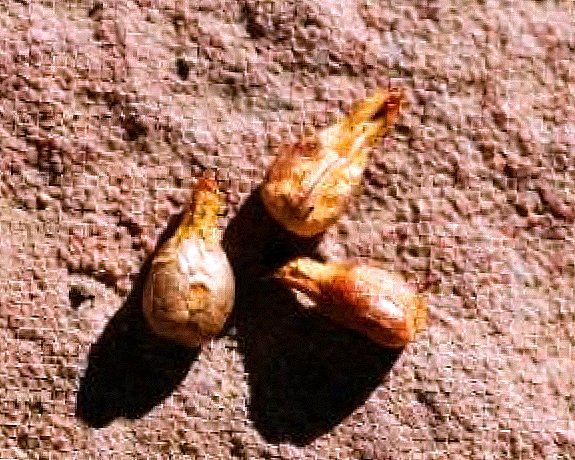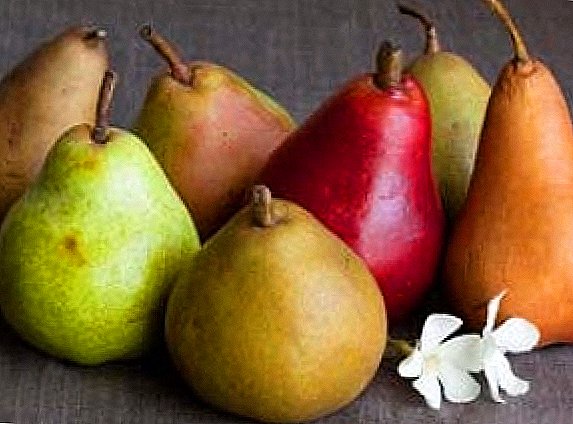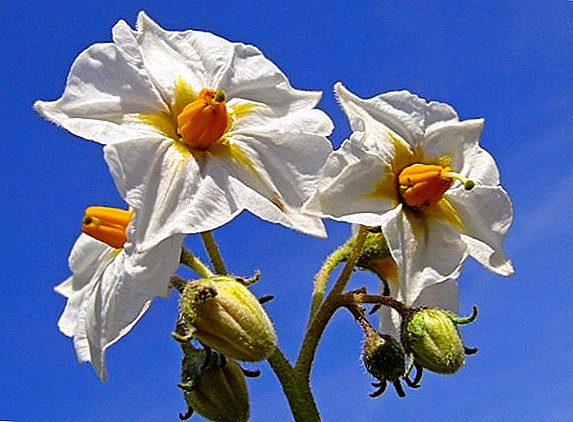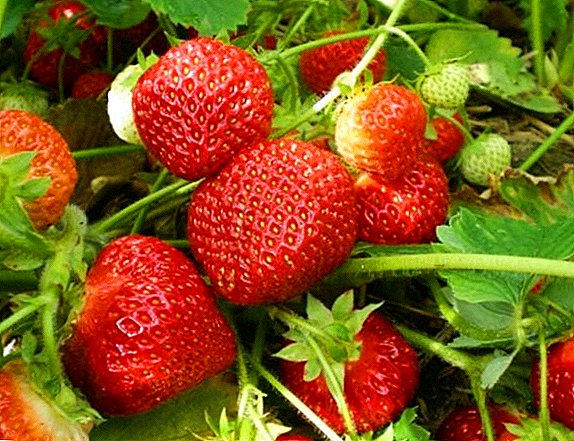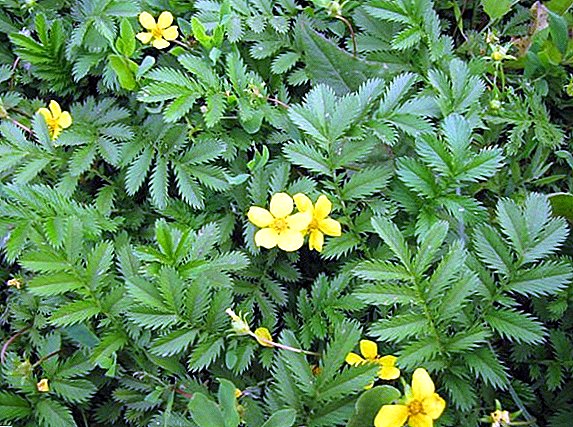 Silverweed goose (the national name of the plant is goose feet) has long been known for its healing properties. In pharmacology and traditional medicine all parts of this plant are actively used - from rhizomes to seeds. Rich in many beneficial substances for the body, this perennial has an analgesic, diuretic, wound-healing effect on the body, helps with menstrual pain and cramps. Potentilla Potentilla found their use in cooking. Thanks to the sugar and starch they contain, they are actively used as an additive to soups and salads. And to find unpretentious crow's feet can be almost everywhere.
Silverweed goose (the national name of the plant is goose feet) has long been known for its healing properties. In pharmacology and traditional medicine all parts of this plant are actively used - from rhizomes to seeds. Rich in many beneficial substances for the body, this perennial has an analgesic, diuretic, wound-healing effect on the body, helps with menstrual pain and cramps. Potentilla Potentilla found their use in cooking. Thanks to the sugar and starch they contain, they are actively used as an additive to soups and salads. And to find unpretentious crow's feet can be almost everywhere.
Botanical description
This perennial herb has creeping and long stems. The nodes of the thick rhizomes are designed for rooting stems. The leaves of the plant are located at the root, have a silky coating and toothed leaves. Potentilla flowers are light yellow, single, regular shape, flower size about two centimeters. They are located on long stalks, have a five-petal halo and a double cup, have a delicate delicate aroma. The plant blooms from early May to late August. The fruits are in the form of common seeds, ripen in late August - early September. This herb is also called jerky, dubrovka or martynov hand.
Did you know? The first who was able to scientifically substantiate the use of medicinal herbs was the “father” of modern scientific medicine - Hippocrates (460–377 BC). In his work 236 plants were described. Many of them are successfully used in herbal medicine today.
Locations
This plant is widely represented throughout Europe and North America. Perennial loves moist soil with a high clay content. The most common grass in the open area, it can often be found on the meadows, by water, on the lawns.
Chemical composition and pharmacological properties
Therapeutic properties and contraindications when using cinquefoil goose due to its chemical composition. The roots of this plant contain up to 30% tannins. It is their presence that perennial owes its anti-inflammatory action. Tannins create a protective biological film that serves as a barrier to any effects on tissue.
Also familiarize yourself with shrubby, white, and Norwegian.
 The plant itself contains wax and starch. Choline, vitamin C, organic and fatty acids - the main beneficial substances for the body, the content of which in the plant helps to fight a number of diseases. Thanks to this set of useful substances, the plant has a hemostatic and wound healing effect. Broths, teas and tinctures prepared on its basis, have anticonvulsant and astringent effect, alleviate pain.
The plant itself contains wax and starch. Choline, vitamin C, organic and fatty acids - the main beneficial substances for the body, the content of which in the plant helps to fight a number of diseases. Thanks to this set of useful substances, the plant has a hemostatic and wound healing effect. Broths, teas and tinctures prepared on its basis, have anticonvulsant and astringent effect, alleviate pain.Popular recipes of traditional medicine
Our ancestors learned a long time ago to reveal the healing properties of the grass, crow's feet, making tea, decoctions and infusions from it.
Tea
Recommended for:
- spasms of the limbs;
- menstrual pain in women;
- diseases of the gastrointestinal tract.
Important! When grass is added to tea, mint or lemon balm its beneficial effect increases significantly.
Decoction
Used in the treatment of:
- diarrhea;
- hernia;
- gastric ulcer and duodenal ulcer;
- gastritis;
- colitis;
- cholecystitis.
 Recipe decoction of rhizomes:
Recipe decoction of rhizomes:5-10 g of finished raw material pour two cups of boiling water, then boil for half an hour. Cool the broth and take it every two hours. A single dose is one tablespoon.
Learn about the beneficial properties of avran, althea, sedge, woodruff and primrose.
Herb decoction:
Boil 20 g of raw material in 200 ml of water. Let it brew for two hours. Strain and take a quarter glass 3-4 times daily before meals.
Recipe for decoction of seeds:
5-10 g of raw material to boil in 200 ml of milk for 5 minutes. Strain the broth and take 125 ml twice a day, morning and evening.
The juice
Juice is effective as:
- wound healing;
- painkiller for toothache and to strengthen the gums;
- remedy for scurvy and pulmonary tuberculosis;
- cure for hernia and prolapse of the uterus.

Important! Goose feet - an indispensable tool in the treatment of "male" diseases. The prostate and bladder diseases, which are poorly amenable to traditional therapy, retreat when using this folk remedy.Juice Recipe: To prepare the juice, grass must be harvested, harvested during flowering. Her scalded with boiling water and crushed in a blender or in a meat grinder. The resulting juice is filtered through cheesecloth and allowed to stand for 10-15 minutes. Then water is added to the juice, based on a 1: 2 ratio. Take juice four times a day before meals. A single dose is one third of a glass.
Tincture
Infusion plants are used when:
- diseases of the oral mucosa;
- purulent tonsillitis and pharyngitis;
- menstrual disorders;
- gastrointestinal disorders;
- muscle cramps.
It is necessary to take one tablespoon of raw materials, place in a container and pour 200 ml of boiling water. Leave to infuse for 2 hours. After that, the infusion should be filtered and taken every two hours, two tablespoons. Infusion of herbs and rhizomes:
Infusion of herbs and rhizomes:
20 g of grass with rhizomes is poured with a liter of boiling water. Leave for an hour, then filter. The infusion is taken twice a day, 250 ml.
Did you know? It is to plants that mankind owes the appearance of the first antiseptics and antipyretic agents. Willow bark, for example, has been the only source of salicylic acid for a long time, thus playing the role of aspirin familiar to us.
Contraindications
It is contraindicated to take funds on the basis of silverweed with the following diagnoses:
- increased blood clotting;
- colitis with anatonic constipation;
- diseases of the genitourinary system;
- hypertensive crises.
The description of Potentilla Goose speaks for itself: the substances present in the composition of this plant make it possible to treat a large range of various diseases, almost without worrying about possible contraindications. Despite this, before drinking tea, infusion, juice or broth of Potentilla, it is necessary to consult a doctor.


